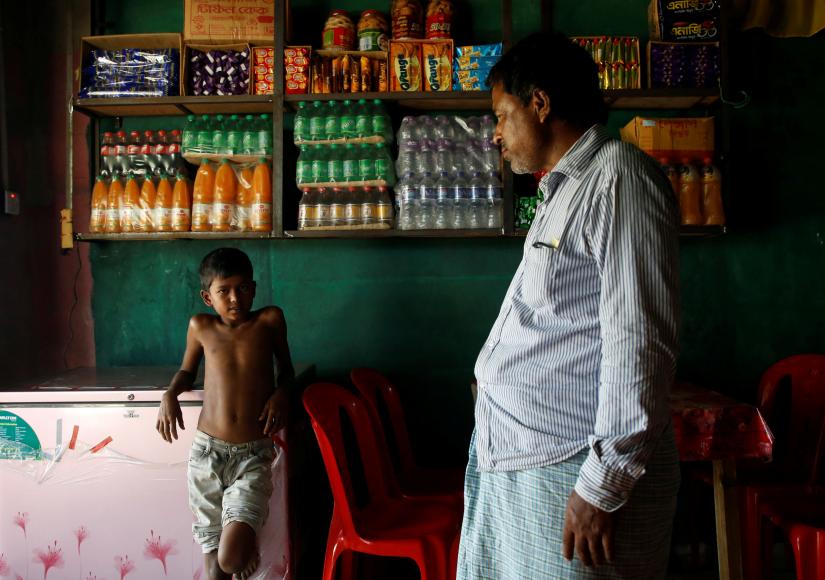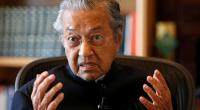 Over 24 lakh children were the victims of sex crimes in India last year, said participants at the first Global Conference on Sexual Exploitation of Children in the digital era in Kolkata.
Over 24 lakh children were the victims of sex crimes in India last year, said participants at the first Global Conference on Sexual Exploitation of Children in the digital era in Kolkata.
Judges and prosecutors from 15 countries attended the two-day programme, along with top police officials from six countries.
Also present in the first co-ordinated international initiative on the issue were officials from the International Justice Mission(IJM), West Bengal Commission for the Protection of Children’s Rights(WBCPCR) , Chairpersons of Women’s Commissions from different countries, Interpol authorities and Civil rights activists.
Cecilia Wallin, representing Interpol, expressed concern over the vulnerabilities of children in India and other countries. There was a widespread misuse of upgraded technology by miscreants and organised gangs, who took advantage of existing loopholes in the legal system.
She pressed for broad based discussions and greater interaction among countries, so that better global strategies could be worked out.
Other speakers admitted that in most countries the police and other concerned authorities were often slow in reacting to and cracking down on such crimes. This in turn encouraged criminals and aggravated the situation.
WBCPCR officials said that the problem of sexual abuse of children, the sale and trafficking of babies must be tackled universally. Concerned authorities of different countries must come together to act beyond borders to bring organised criminals to book. They felt that neither existing laws were enough, nor was official response to the menace of child abuse adequate at any level. Especially with the recent progress made in technology, the situation had deteriorated in that the criminals had been empowered.
There was a consensus that in all countries existing social attitudes, official and civic responsibilities and mindsets needed to change urgently. While in most countries there were awareness programmes, more efforts were needed especially in the rural interior areas where children were particularly vulnerable.
Saji Philip, on behalf of the International Justice Mission, said that with regard to India, 80% of the girls subjected to sexual abuse and mistreatment were under 14., some even younger !
In Kolkata, representatives of some local NGOs were not satisfied with the role played by the WBCPCR and the state government in dealing with the abuse and maltreatment of children. One of them said that the extent of the menace was far bigger than was being reported and to claim that only 24 lakh children had been a bused was an understatement.
Other HR activists pointed out that in India, according to National Crime Records Bureau (NCRB) figures showed that there had occurred 104976 cases of sexual abuse of children during 2014-16. While other states submitted annual figures to the centre, West Bengal had stopped doing so for apparently political reasons.
The state also had a very poor record in other spheres of human rights violations also and had been repeatedly pulled up by Delhi, but apparently it made no difference.
They expressed shock over the way the problem was being tackled in India. On the legal side, cases registered in 2014 would not be settled before 2022, at the present rate of progress. ‘Especially in Gujarat and Arunachal Pradesh, pending child abuse cases would take up to 55 and 101 years, respectively, to be settled, at the present rate. A major reason was a serious shortfall of judges, prosecutors, policemen and the lack of infrastructure, ‘, they said. However, there had been some progress in setting up special fast track courts in states as ordered by the Supreme Court. Out of a planned 665 courts, 559 were now under construction. Quite apart from a shortage of judges existing even at the high court level ---- Kolkata alone needed at least 40 HC judges immediately, to expedite pending cases--- the overall requirement for policemen at all levels was over 500,000 in India !
However, there had been some progress in setting up special fast track courts in states as ordered by the Supreme Court. Out of a planned 665 courts, 559 were now under construction. Quite apart from a shortage of judges existing even at the high court level ---- Kolkata alone needed at least 40 HC judges immediately, to expedite pending cases--- the overall requirement for policemen at all levels was over 500,000 in India !
This was alarming in that the number of cases registered under the Protection of children from Sexual Offences Act (POCSO) had gone up by 151 percent between 2009 and 2014. The Act took effect from 2012. In comparison with the spate of crimes committed by well protected criminals supported by corrupt officials and politicians, the rate of convictions was abysmally low.
The situation was not much better in Nepal or Bangladesh either, said Kolkata-based experts dealing with issues relating to children. In Nepal, to register cases was very difficult, as a conservative mindset prevailed among citizens. A Norwegian NGO had recently reported 147 cases of child abuse, with 73 rapes committed within the family.
In Bangladesh, as with India, a determined effort has been made to crack down against sex criminals, with awareness programmes conducted among people and the administration alerted to tackle such crimes firmly. Some people had been punished.
However, as with India and Nepal, lack of education and economic backwardness were major reasons for the vulnerability of children, especially young girls. In greater Dhaka alone, the number of very young girls working as child labour, a group specially exposed to sexual abuse, was estimated at around 20,000. In Nepal and Bangladesh, it was common for young girls to be smuggled illegally into India or the Middle East. Girls from India too were being trafficked to the Arab countries, they said.
Among countries represented at the meet were the US, Germany, Canada, India, Bangladesh, Sri Lanka, Uganda and Kenya.
 International
International
30901 hour(s) 58 minute(s) ago ;
Morning 08:52 ; Friday ; Apr 26, 2024
Rise in sexual exploitation of children in South Asia, world
Send
Ashis Biswas, Kolkata
Published : 00:04, Dec 17, 2018 | Updated : 00:11, Dec 17, 2018
Published : 00:04, Dec 17, 2018 | Updated : 00:11, Dec 17, 2018
0 ...0 ...
/hb/
Topics: Top Stories
- KOICA donates medical supplies to BSMMU
- 5 more flights to take back British nationals to London
- Covid19: Rajarbagh, Mohammadpur worst affected
- Momen joins UN solidarity song over COVID-19 combat
- Covid-19: OIC to hold special meeting
- WFP begins food distribution in Cox’s Bazar
- WFP begins food distribution in Cox’s Bazar
- 290 return home to Australia
- Third charter flight for US citizens to return home
- Dhaka proposes to postpone D8 Summit
Unauthorized use of news, image, information, etc published by Bangla Tribune is punishable by copyright law. Appropriate legal steps will be taken by the management against any person or body that infringes those laws.
Bangla Tribune is one of the most revered online newspapers in Bangladesh, due to its reputation of neutral coverage and incisive analysis.
F R Tower, 8/C Panthapath, Shukrabad, Dhaka-1207 | Phone: 58151324; 58151326, Fax: 58151329 | Mob: 01730794527, 01730794528


